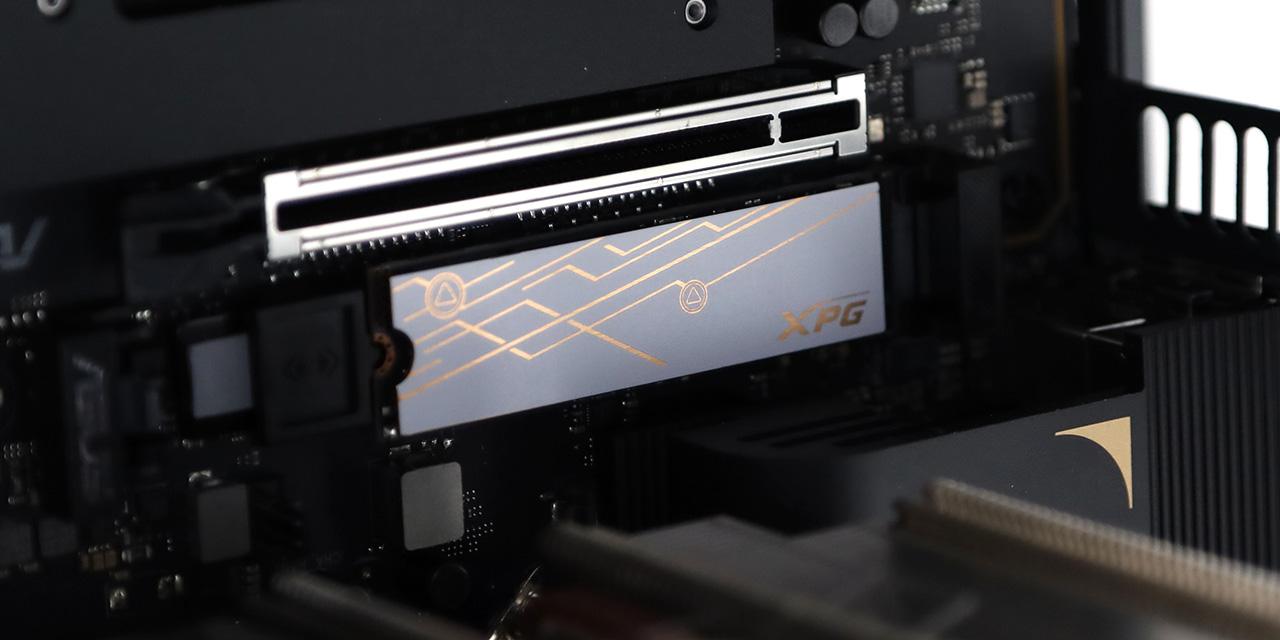Page 3 - Subjective Audio Analysis

As with all the audio products we review here at APH Networks, it takes quite a bit of experience and training of the ears before we can begin making a fair judgment. Even for the best of audiophiles, it can be hard to produce an exact and accurate evaluation of a product without a thoroughly familiar product to use as simultaneous reference. While I will not claim to be the reviewer of all reviewers for headphones, I can say quite a few other computer review sites have editors lacking in training for reviewing anything audio related. Give them anything and all you will get is some vague description of “awesome bass, amazing midrange, nice treble, no muffles, 10/10”. Do not get me wrong though; there are knowledgeable audio reviewers out there on respected online media outlets, but they are far and few. There are no true objective measurements for audio sound quality. As the reviewer, however, I will put the Kingston HyperX Cloud Stinger through a series of subjective tests to try to come up with the most objective rating as possible. The tests were conducted primarily with the HyperX Cloud Stinger plugged directly into the integrated sound card on our Gigabyte motherboard. Gigabyte motherboards generally have excellent sound quality based on our RMAA tests. Comparisons between the Stinger, the Revolver and the original Cloud were made throughout testing.
After over 50 hours of break-in time (Well above the typical required period), we put the Kingston HyperX Cloud Stinger to the tests. All tracks are uncompressed CDs, FLAC, or LAME encoded MP3s at 192kbps or higher. For gaming, I played Overwatch, League of Legends, and Rocket League. First-person shooter games are probably the most crucial games to test these headphones, as gameplay can heavily rely on hearing additional sounds. The other games have aspects where audio is helpful, but this is less of a factor.
At the lowest end of the frequencies, the Kingston HyperX Cloud Stinger had what I would call an adequate bass in both amount and quality. It was good with enough to balance with and carry the other frequencies. The low-end was not overwhelming either, which is a common trend with some gaming headsets. However, if I wanted to change the Stinger here, it would be to refine the quality. At times the bass felt slightly boomy and hollow, lacking in the marshmallow "oomph" I would have liked. Even so, I think the Stinger was sufficient in this area. In first person shooters, I was able to hear sounds like footsteps and explosions easier. This is especially important in Overwatch, as there are several different paths to the same place, so knowing the whereabouts of your team and your enemies is very important.
In the midrange, we again had an average but good sound. Vocals, acoustic and electric guitars, and pianos were all clear, albeit I would have liked to hear more warmth and resonance from here. This was especially heard in the wooden resonance of pianos and guitars, as they were good, but not great. Midrange vocals were also average, again being affected by the lacking warmth. Overall though, the midrange was a little recessed. The midrange performance was reflected in games through clear vocals, firing weapons and weapon reloading. Once again, voices also play a role in games like Overwatch, as you can tell when users are using their ultimate abilities, which tells you either to hide or go towards, depending on who is "ulting" at the time.
At the upper end of the audible frequency, there was little trouble with the treble. High-hat clashes and higher-range instruments like violins were clear, but as always, rolled off near the highest end of the treble. However, there was a noticeable amount of dryness here, as the treble felt too sharp at times. In games, the higher frequencies can be heard through things like glass breaking. In terms of overall balance, the Cloud Revolver offered a pretty balanced sound, with everything being supported by the lower frequencies. I think, however, the midrange was lacking in comparison, resulting in a V-shape characteristic. While audiophiles may prefer a flatter response due to a more neutral sound, I think the V-shape is actually preferable for most gaming situations, and this is exactly the Kingston HyperX Cloud Stinger's target.
While testing this headset, I knew there had to be some area the HyperX Cloud Stinger would not be able to compete with the Revolver, and this was definitely found in the soundstaging capabilities. I should be clear, the soundstaging and imaging was okay overall, providing a good amount of direction. In addition, for the price you pay, the Stinger also provided a good amount of depth to not only help gamers tell where the enemies were, but also how far away they were. However, compared to the HyperX Cloud Revolver, the Stinger is just not as deep or as wide in terms of the sound produced.
Together, all three layers produced a detailed sound. The entire audible range was present and relatively clean together. There were no muffled noises, and the frequency ranges were separated but defined. Unfortunately, the transitions between the ranges had a few noticeable gaps in between them, and it was not as smooth as I would have liked. In gaming situations this does not matter as much, but it did still affect overall audio performance. The HyperX Cloud Stinger also produced a pretty cohesive sound too.
Sound isolation on the Kingston HyperX Cloud Stinger was good, as it was capable of sealing noise both internally and externally. These over-the-ear headphones sealed my ears completely in, but of course this also relates to how well the headset fits. The passive noise cancellation did remove quite a bit of external noise. This was also aided by the leatherette ear cups. Using the microphone was pretty good, as it was able to record a clear sound, while reducing external noises such as my mechanical keyboard or my mouse clicks. I really liked the ability to mute the microphone by just flipping it up, even if it meant having it permanently fixed. In addition, the flexibility of the mic was helpful in finding an ideal placement.
Overall, the Kingston HyperX Cloud Stinger is a solid headset at this price range. While it did nothing to truly impress me in any area of the audio department, it was reliable on all fronts. You may not like the V-shaped output from the Stinger, but I think this fits better for gaming situations. In addition, the overall good comfort made this headset easy to wear and play with for hours on end without needing a break.
Page Index
1. Introduction, Packaging, Specifications
2. Physical Look - Hardware
3. Subjective Audio Analysis
4. Conclusion





